
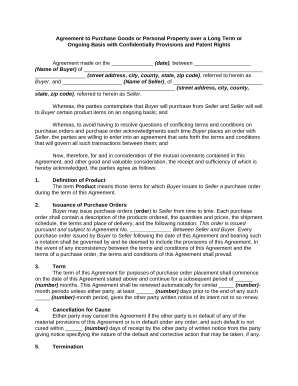


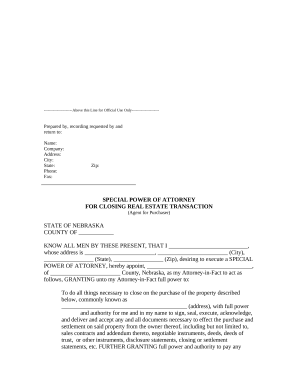
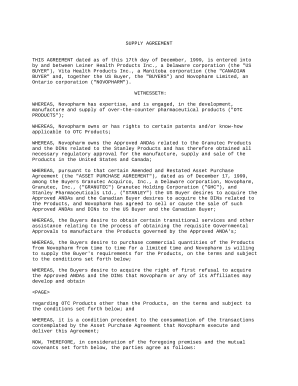
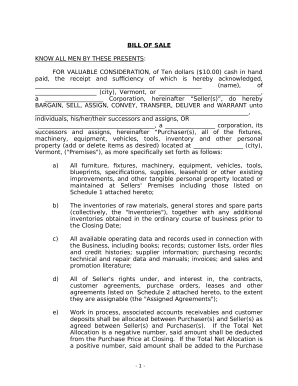
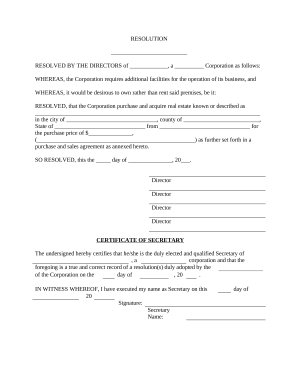
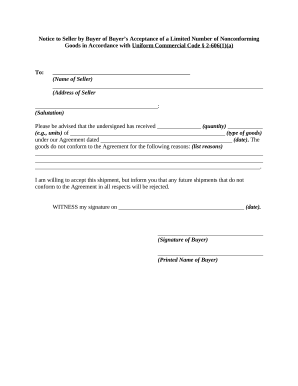
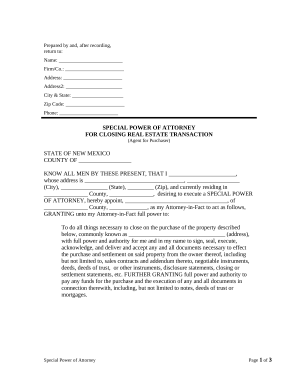
Document managing can stress you when you can’t find all the documents you need. Luckily, with DocHub's considerable form categories, you can find everything you need and promptly manage it without changing between programs. Get our Legal Purchase Documents and start utilizing them.
The best way to manage our Legal Purchase Documents using these basic steps:
Try out DocHub and browse our Legal Purchase Documents category without trouble. Get a free account today!